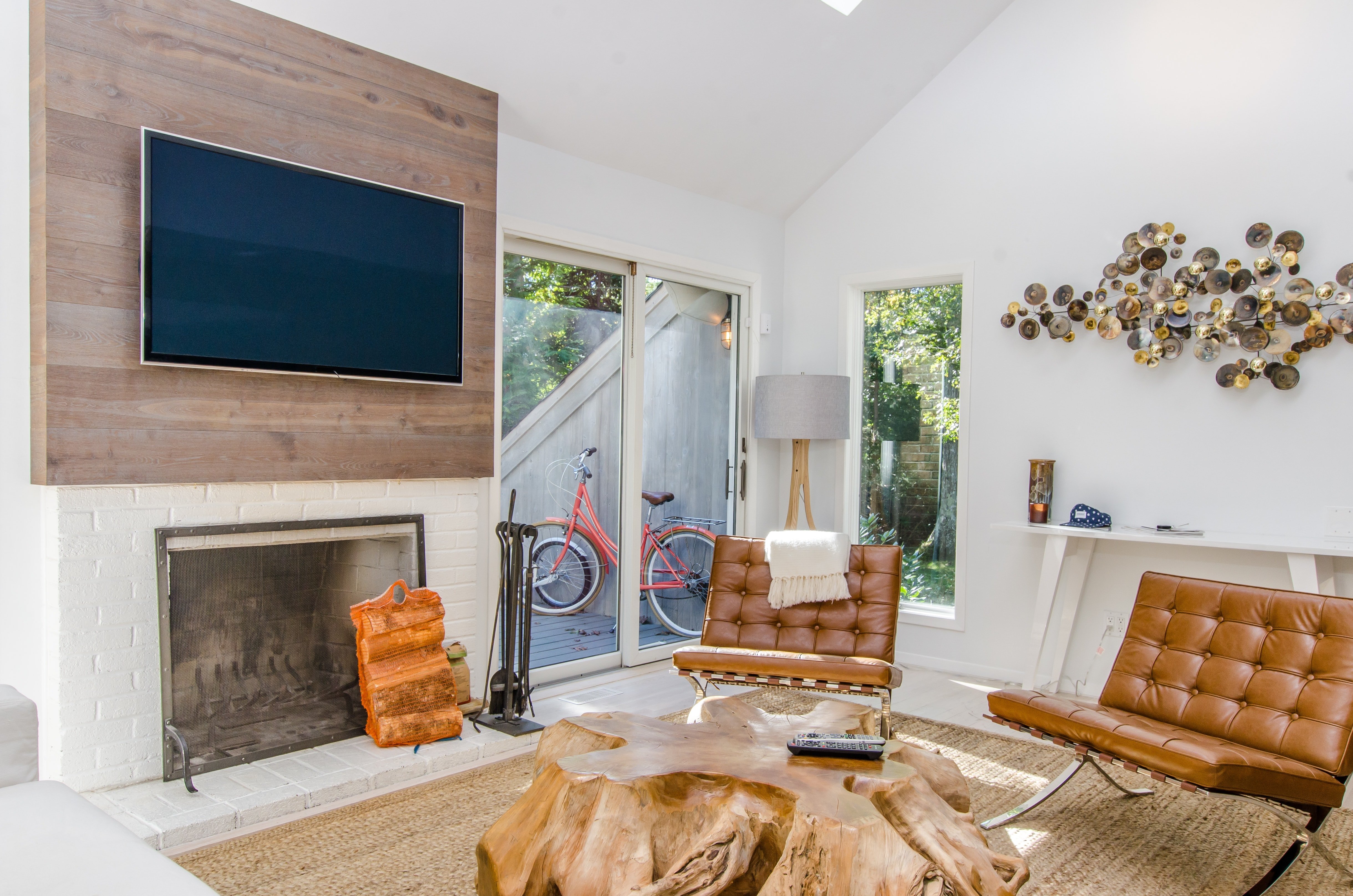What to Know About Buying an Income Property in the Greater Toronto Area (& Hamilton)
As of April, 2023, the average monthly rent in the Greater Toronto Area (GTA) surged to over $3,000. With this record-high surge reaching as far as Hamilton, with the right strategy, now marks the perfect time to buy an income property in the GTAH.
Whether you’re a first-time property owner, or you’re in the market for an additional income property, keep reading to learn everything you need to know to set yourself up for success in your next rental purchase.
Don’t risk vacancy costs and find tenants faster than any other way with Rhenti. Schedule a call with our team to learn more.
Learn why other property owners give Rhenti 4.9 stars on Google.
Why buy an income property in the GTAH now?
Here are three quick stats giving a look into the state of rental properties in the GTAH, and why now’s the perfect time to buy:
- The perfect storm: Increased demand and substantially lower vacancy rates make for a very lucrative opportunity for property owners.
- Lower selling prices: The prices of homes in the GTA are predicted to decrease as much as 11.8% in 2023. This could lead to more affordable entry into an investment property.
- The summer slow down: Something else prospective buyers should look out for is a summer slow down. People tend to go away during the summer months which lends to less competition when bidding on properties.
If you’re looking to buy your first property, read our nine tips for first-time landlord.
Calculating your return on investment (ROI)
The most important thing you need to know when buying an income property is your expected return on investment, a positive one obviously being the goal.
To calculate your ROI, tally up your expected cash flow (how much rent you expect to make in a year) and then deduct your expenses, such as:
- Down payment
- Property taxes
- Utilities
- Borrowing costs
- Insurance
- Repair and maintenance
- Vacancy costs
Let’s dig into each of these expenses more below.
How much is a down payment in the GTAH?
In most cases, down payment in Canada ranges from 5% to 20%, depending on the price of your property and financial situation.
Having 20% down also means you likely won’t need to pay for mortgage default insurance, and there is a chance you could qualify for a 30 or 35-year amortization period. (An amortization period is the amount of time it will take you to pay off your mortgage.)
Read more about Canadian down payments.
How much are property taxes in the GTAH?
If you are buying a home in Ontario, you need to pay a land transfer tax. The cost is determined based on the value of the property. The Ontario Ministry of Finance is a great resource about how the land transfer tax is calculated in Ontario.
HST is applied to new or significantly renovated homes in Ontario, but not to homes that are being resold. If the home you are purchasing is a home in Toronto, you also need to pay Toronto’s Municipal Land Transfer Tax (MLTT).
Read more about Toronto’s land transfer tax and calculate speculative tax.
How much are repair and maintenance costs in the GTAH?
The GTAH market remains competitive, which means buyers are putting unconditional offers on houses they’ve waived inspections on. This is one of the unfortunate effects of the highly aggressive market, and people are being forced to give up inspections in order to have a shot when they put in an offer.
As a result of this, you need to prepare yourself for the probability that something is going to be wrong with your newly purchased home, and you might not be able to tell until someone is living in it.
To provide yourself with some buffer, in addition to the down payment, it’s a good idea to have money saved for repairs. This number will be different for everyone depending on the age, size, and extent of damage to the home. According to Monsey Sense, you should set aside $4,500 – $10,000 per year for home repair costs.
What other costs do I need to consider when buying an income property?
Aside from down payment and property taxes, other expenses include:
- Utilities: If you plan to pay for utilities yourself like hydro, water, and heat, account for these expenses.
- Borrowing costs: Expenses associated with obtaining a mortgage or other financing for an investment property, including interest rates, loan origination fees, and closing costs.
- Insurance: Insurance protecting against risks like property damage, liability claims, and loss of rental income.
- Vacancy costs: Costs that come with having an unoccupied investment property, including lost rental income, marketing expenses to find new tenants, and any necessary repairs or maintenance between tenants.
After deducting all of these expenses, for a positive ROI, you should see a positive cash flow.
It’s also important to keep in mind that many rental property expenses are tax deductible; if your initial calculation doesn’t show a positive return, remember to factor in tax-deductible expenses.
Find and sign renters in no time
Hopefully, the tips above make for a smoother income property purchase, whether it’s your first one or additional one. Make the best of the information above by using Rhenti’s industry-leading lead-to-lease software.
Join thousands of other leasing professionals and start earning faster by signing up for Rhenti today.
Other Rhenti resources:
- Read more about how to get a basement or attic rental up to code.
- Read about how to market rental properties to post-secondary students.
- Commonly used forms for landlords: N1, N4, N11, N12, N13, L1, L2
The blog posts on this website are for the purpose of general introductory information. They can’t serve as an opinion or professional advice. Speak to a professional before making decisions related to your circumstances.
Discover more from Rhenti blog


